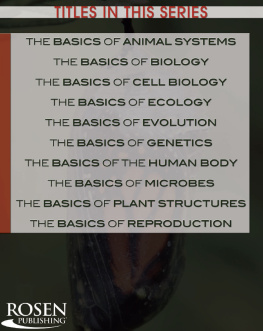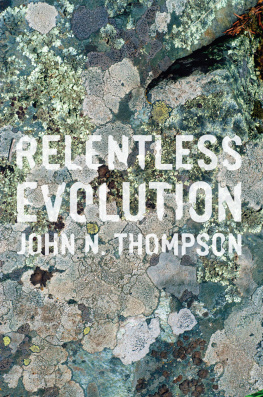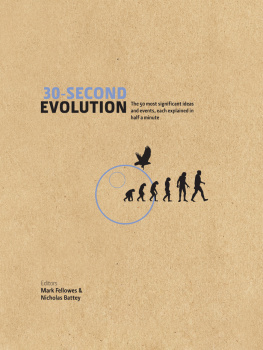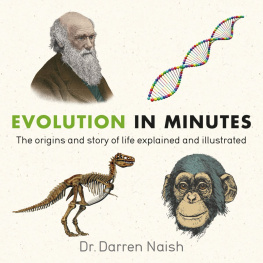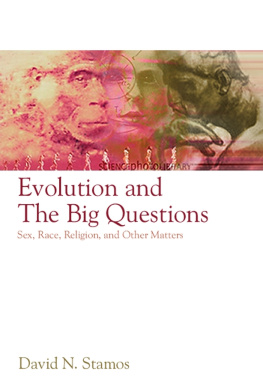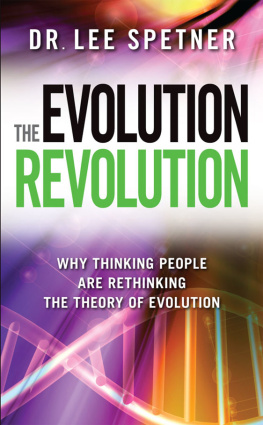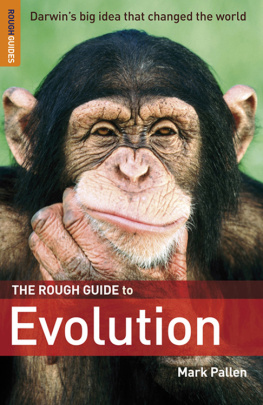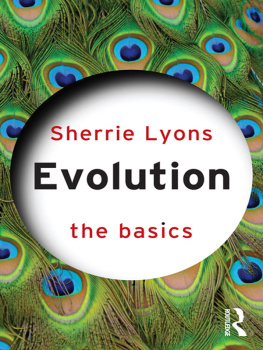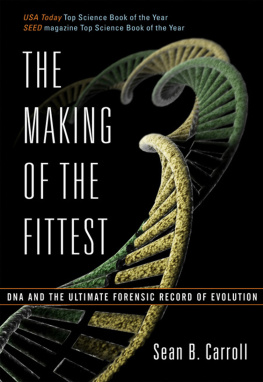WHAT IS EVOLUTION?
The central-unifying concept of biology
The evolution of organisms is at the core of biological disciplines such as genetics, molecular biology, biochemistry, neurobiology, physiology and ecology, and makes sense of the emergence of new diseases, the development of antibiotic resistance in bacteria and other matters of public health. Evolution explains the agricultural relationships among wild and domestic plants and animals. It is used in informatics and computer science, in the design of chemical compounds and in various other industries.
The term evolution means change over time. It usually refers to the evolution of living things, but it is also used in other scientific contexts, particularly in astronomy to refer to the processes by which the whole physical universegalaxies, stars and planetsforms and changes.
Contrary to popular opinion, neither the term nor the idea of biological evolution began with Charles Darwin and his foremost work, On the Origin of Species by Means of Natural Selection (1859). The Oxford English Dictionary (1933) tells us that the word evolution, to unfold or open out, derives from the Latin evolvere, which applied to the unrolling of a book. It first appeared in the English language in 1647 in a nonbiological connection, and became widely used in English for all sorts of progressions from simpler beginnings. Evolution was first used as a biological term in 1670, to describe the changes observed in the maturation of insects. However, it was not until the 1873 edition of Origin of Species that Darwin first employed the term to refer to what we now call biological evolution. He had earlier used the expression descent with modification, which is still a good brief definition of the process.
The universe
It is widely believed that the universe started about 15 billion years ago in the Big Bang, a monumental explosion that sent matter and energy expanding in all directions. As the universe expanded, matter collected into clouds that gradually condensed into galaxies such as our own Milky Way. In these galaxies gravitational attraction compressed the material, which in many cases condensed into stars, where nuclear reactions took place. In the case of our Sun, gas and dust collided and aggregated, forming very small planets, which in successive stages coalesced into the eight (or nine, if Pluto is included) planets of our Solar System and their numerous satellites.
The age of the Earth is estimated at 4.54 billion years. The oldest known rocks, dated at 3.96 billion years, are found in northwestern Canada, although rocks found in other places, such as Western Australia, encase zircon crystals dated at 4.3 billion years, older than the rocks themselves. The origins of life on Earth may have been as early as 4 billion years ago. There is evidence that organisms similar to todays bacteria lived 3.5 billion years ago. All species living today, estimated to number at least 10 million, derive by evolution from those early simple organisms.
Biological evolution
Evolution is the process of descent with modification, as Charles Darwin named it, through which all species now living, and the even more numerous ones that became extinct in the past, came about.
The virtually infinite variations on life are the fruit of evolution. All living creatures are related by descent from common ancestors. Humans and other mammals descend from shrew-like creatures that lived more than 150 million years ago; mammals, birds, reptiles, amphibians and fishes share as ancestors aquatic worms that lived 600 million years ago; and all plants and animals derive from bacteria-like microorganisms that originated more than 3 billion years ago. Lineages of organisms change through generations; diversity arises because the lineages that descend from common ancestors diverge through time as they adapt to different environments.
Evolutionary research consists mainly of three different, though related, issues: (1) the fact of evolution; that is, that organisms are related by common descent with modification; (2) evolutionary history; that is, the details of when lineages split from one another and of the changes that occurred in each lineage; and (3) the mechanisms or processes by which evolutionary change occurs.
The fact of evolution is the most fundamental issue and the one established with utmost certainty. Darwin gathered much evidence in its support, but the evidence has accumulated continuously ever since, derived from all biological disciplines. The evolutionary origin of organisms is today a scientific conclusion established with the kind of certainty attributable to such concepts as the roundness of the Earth, the motions of the planets and the molecular composition of matter. This degree of certainty beyond reasonable doubt is what is implied when biologists say that evolution is a fact; the evolutionary origin of organisms is accepted by virtually every biologist.
The second and third issues go far beyond the general affirmation that organisms evolve. The theory of evolution seeks to ascertain the relationships between particular organisms and the events of evolutionary history, as well as to explain how and why evolution takes place. These are matters of active scientific investigation. Many conclusions are well established; for example, that chimpanzees and gorillas are more closely related to humans than are any of those three species to baboons or other monkeys; or that natural selection explains the adaptive configuration of such features as the human eye and the wings of birds. Some other matters are less certain, others are conjectural and still otherssuch as precisely when life originated on Earth and the characteristics of the first living thingsremain largely unresolved.
However, uncertainty about these issues does not cast doubt on the fact of evolution. Similarly, we do not know all the details about the configuration of the universe and the origin of the galaxies, but this is not a reason to doubt that the galaxies exist or to throw out all we have learned about their characteristics. Biological evolution is one of the most active fields of scientific research at present, and significant discoveries continually accumulate, supported in great part by advances in other disciplines.
The study of biological evolution has transformed our understanding of life on this planet. Evolution provides a scientific explanation for why there are so many different kinds of organisms on Earth and how they are all part of an evolutionary lineage. It demonstrates why some organisms that look quite different are in fact closely related, while others that may look similar are distantly related. It accounts for the appearance of humans on Earth and reveals our species biological connections with other living things. It details how different groups of humans are related to each other and how we acquired many of our features. It enables the development of effective new ways to protect ourselves against constantly evolving bacteria and viruses.
Brief history
Explanations for the origin of the world, man and other creatures are found in all human cultures. Traditional Judaism, Christianity and Islam explain living beings and their adaptations to their environmentswings, gills, hands, flowersas the handiwork of an omniscient God. The philosophers of ancient Greece had their own creation myths. Anaximander proposed that animals could be transformed from one kind into another, and Empedocles speculated that they could be made up of various combinations of preexisting parts. Closer to modern evolutionary ideas were the proposals of early Christian church authors like Gregory of Nazianzus and Augustine, who maintained that not all species of plants and animals were created as such by God; rather some had developed in historical times from other of Gods creations. Their motivation was not biological but religious. Some species must have come into existence only after the Flood, because it would have been impossible to hold representatives of all species in a single vessel such as Noahs Ark.


